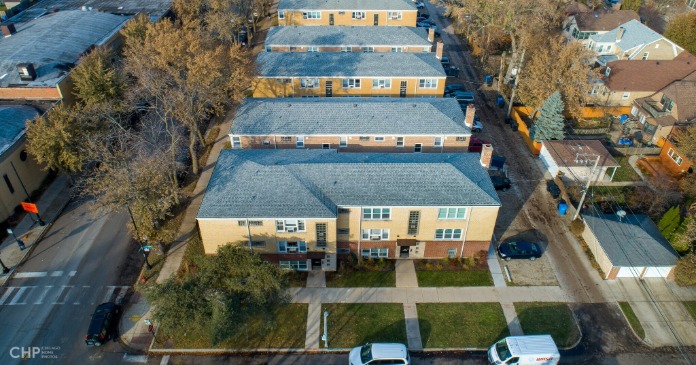The economic projections released by the Federal Open Market Committee (FOMC) after this week’s meeting indicate that they expect the principal economic metrics they forecast to be worse than what they projected with the last release in March. The result is that they expect that they will reduce interest rates more slowly than they had projected earlier.
The FOMC meets 8 times per year but only releases an economic forecast at 4 of the meetings. The Fed forecast presents estimates for economic metrics for December of each year through 2027 and a “longer run” forecast which reflects their view of the equilibrium state of the economy. The consensus Fed forecast is developed by combining the forecasts of 19 economists. Each of the economists assumes that the Fed will follow “appropriate” monetary policy during the term of the forecast, although their individual ideas of what that policy is may vary.
Inflation: higher for longer
The Federal Reserve’s preferred inflation measure is based on the Personal Consumption Expenditures (PCE) survey, rather than the more familiar Consumer Price Index (CPI).
In prepared remarks following the meeting, Fed Chairman Jerome Powell said, “Changes to trade, immigration, fiscal, and regulatory policies continue to evolve, and their effects on the economy remain uncertain. The effects of tariffs will depend, among other things, on their ultimate level. Expectations of that level, and thus of the related economic effects, reached a peak in April and have since declined. Even so, increases in tariffs this year are likely to push up prices and weigh on economic activity.”
The Fed’s expectations for higher prices and slower economic activity are evident in all of their projections for the future paths of key economic metrics.
The Fed’s projection for the rate of inflation in 2025 has risen in every economic projection they have released over the past year. The September projection had year-end 2025 inflation at only 2.1 percent, but this rate was raised to 2.5 percent in December, to 2.7 percent in March and to 3.0 percent in the current (June) projection. Only the June projection was released after President Trump announced his program of increased tariffs in April, so there is clearly more to the increases than tariffs alone. However, the expectation that higher tariffs will result in price increases, even though these increases are not yet evident in the inflation data, contributed to the latest increase.
The year-end 2026 projection has also been raised in the latest release, increasing 0.2 percentage points to 2.4 percent. Even the 2027 inflation rate is now projected to remain above the Fed’s target of 2.0 percent.
Recent PCE inflation forecasts are shown in the first chart.

Interest rates also higher for longer
The Fed left their current target federal funds interest rate and their projected interest rate at the end of 2025 unchanged in the projections released after their June meeting. However, that was the end of the good news. Their latest projection calls for a year-end target interest rate of 3.6 percent in 2026. This suggests that they will only be making a single ¼ percentage point rate cut in 2026, down from two ¼ point rate cuts projected in March. The year-end target for 2027 is now 3.4 percent, up from 3.1 percent in the Fed’s last projection. The projection for the long-run (equilibrium) interest rate was left unchanged at 3.0 percent.
A history of the forecasts for the Federal Funds rate is given in the next chart, below.

GDP growth lower
The Fed lowered its projection for 2025 GDP growth by 0.3 percentage points to only 1.4 percent. It should be noted that the second estimate for GDP growth by the Bureau of Economic Analysis had the economy shrinking by 0.2 percent in Q1 2025, with a surge in imports weighing on reported growth. However, the Atlanta Fed’s GDP Now estimate for Q2 growth released June 18 came in at 3.4 percent. Clearly, the direction of the economy is unclear.
In addition, the GDP growth projection for 2026 was lowered by 0.2 percentage points to 1.6 percent. However, the GDP growth projection for 2027 was left unchanged at 1.8 percent. This is the Fed’s long-run (equilibrium) GDP growth projection.
Recent Fed GDP forecasts are illustrated in the next chart, below.

Unemployment higher through 2027
The Fed has raised its year-end 2025 projection for the unemployment rate by 0.1 percentage point to 4.5 percent. The most recent unemployment rate figure from the Bureau of Labor Statistics was 4.2 percent, although it has been edging higher in recent months. The unemployment rate projection for 2026 was raised 0.2 percentage points to 4.5 percent while that for 2027 was raised 0.1 percentage point to 4.4 percent.
The history of the Fed’s recent unemployment rate forecasts is shown in the next chart.

The next updates to the Federal Reserve’s forecasts for the economy will come after the September 2025 FOMC meeting which concludes September 17.












